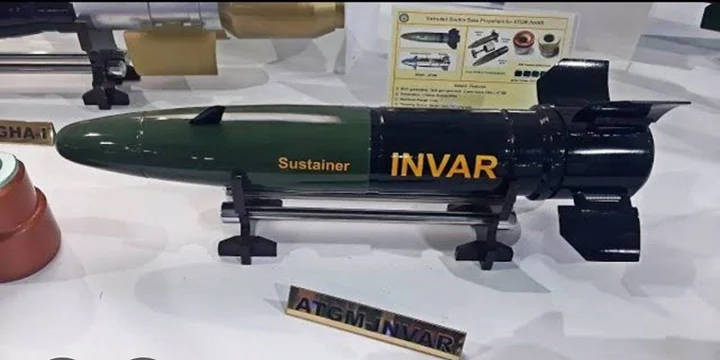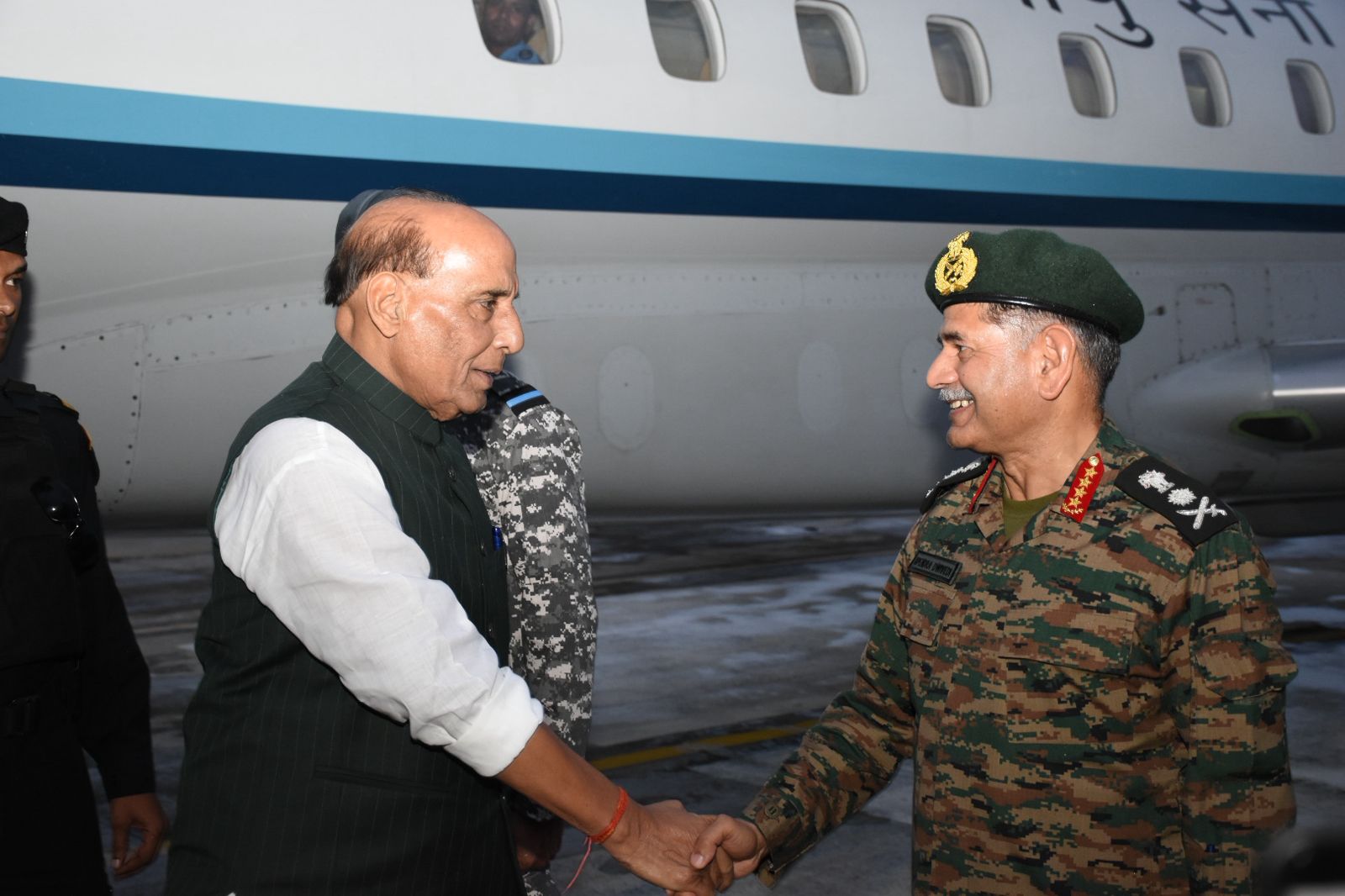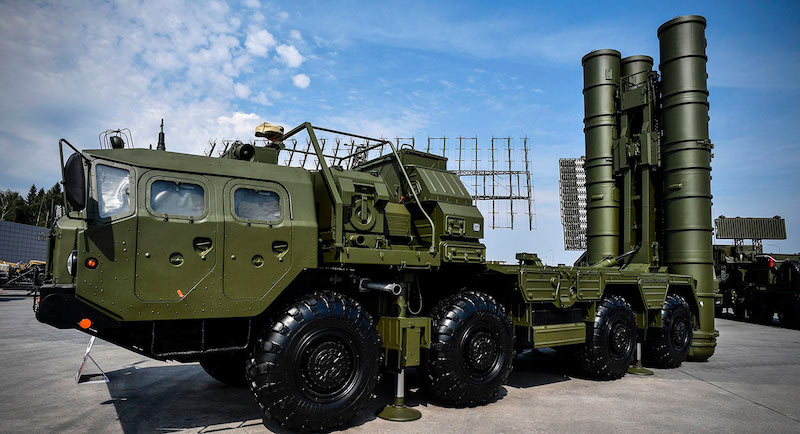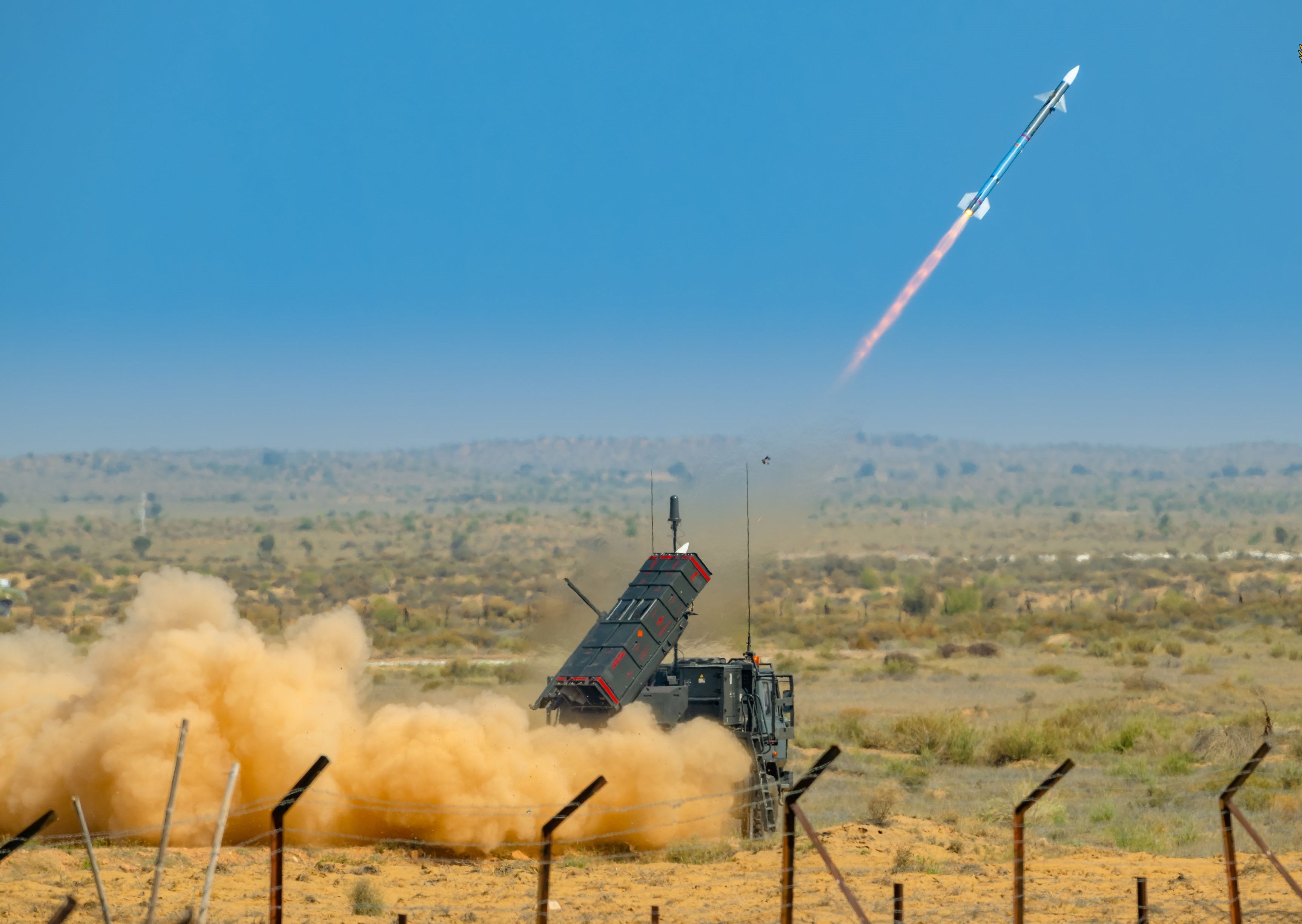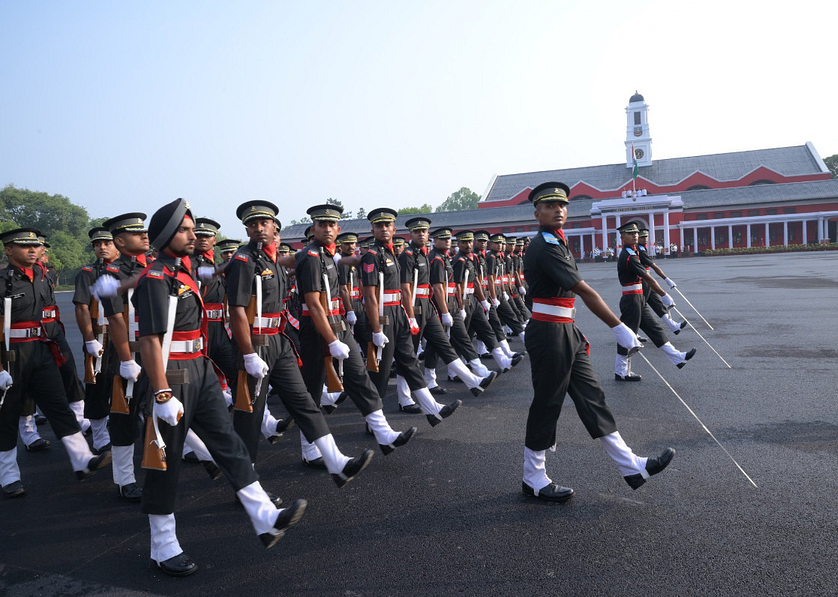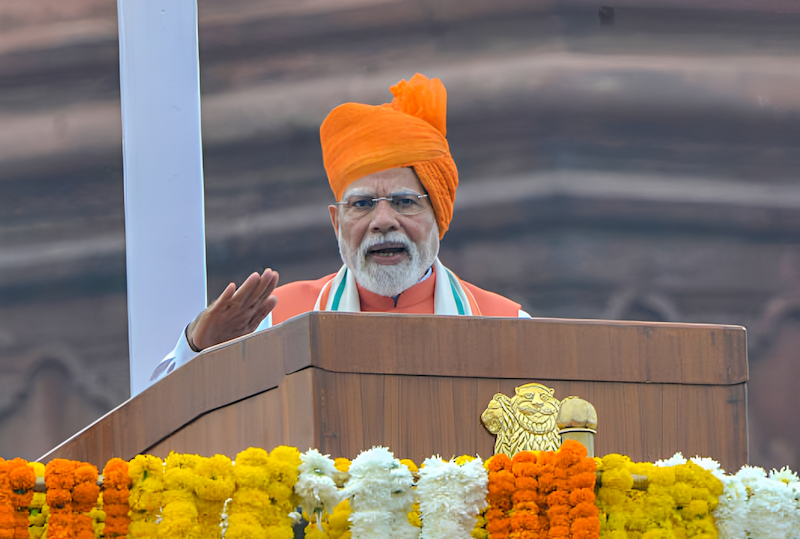 (Illustration for representation.)
(Illustration for representation.)
New Delhi: India and Australia have taken their defence partnership to new depths with the signing of a groundbreaking undersea surveillance agreement on Thursday. This marks the latest milestone in the rapidly evolving strategic relationship between the two Indo-Pacific democracies.
The three-year collaborative research initiative brings together the Defence Research and Development Organisation’s Naval Physical and Oceanographic Laboratory with Australia’s Defence Science and Technology Group’s Information Sciences Division to develop advanced submarine detection and tracking technologies. This partnership represents a significant enhancement in bilateral defence cooperation, addressing the growing underwater threats in the strategically vital Indo-Pacific region.
The agreement focuses on developing cutting-edge towed-array target-motion analysis (TATMA) technology, which employs sophisticated hydrophone arrays towed behind naval vessels to detect and track submarines and autonomous underwater vehicles. The system’s passive surveillance capabilities allow naval platforms to maintain situational awareness without revealing their own position, a crucial advantage in modern naval warfare.
Under the partnership, Indian and Australian scientists will jointly develop novel tracking algorithms designed to improve the reliability and efficiency of current surveillance systems. The collaboration will involve regular exchanges of technical expertise, shared research data, and joint trials to test new methodologies in real-world maritime conditions.
For India, this partnership aligns perfectly with the government’s broader strategic objectives of achieving technological self-reliance in defence while strengthening ties with like-minded democracies. The initiative complements New Delhi’s “Make in India” programme by fostering indigenous innovation in critical defence technologies, particularly in undersea warfare capabilities where India faces mounting challenges from regional competitors.
The timing of this agreement is particularly significant given China’s expanding submarine fleet and growing assertiveness in the Indo-Pacific waters. Both India and Australia have recognized the urgent need to modernize their naval capabilities and forge strategic partnerships to counter these developments. The collaboration will significantly enhance India’s maritime domain awareness, particularly in the Indian Ocean, where Chinese submarine deployments have become increasingly frequent.
Senior researchers from both nations have emphasized the importance of combining their scientific strengths to address shared security challenges. Amanda Bessell and Sanjeev Arulampalam from Australia’s Defence Science and Technology Group have highlighted how the partnership will harness the best minds in innovation and technology to build new capabilities while strengthening strategic ties.
The undersea surveillance pact represents the latest chapter in the deepening India-Australia strategic partnership, which has evolved dramatically over the past decade. Both nations are founding members of the Quad alliance alongside the United States and Japan, and share a common vision for maintaining a free, open, and inclusive Indo-Pacific region.
This collaboration builds on existing bilateral defence arrangements, including the Comprehensive Strategic Partnership signed in 2020 and the Mutual Logistics Support Agreement that facilitates greater military cooperation between the two nations. The partnership has gained momentum under the prime minister, Narendra Modi, and his Australian counterpart, reflecting the growing convergence of security interests between New Delhi and Canberra.
The project’s technical implementation will be coordinated between research teams in Kochi and Australia’s Information Sciences Division, with regular exchanges of scientists and technical experts planned throughout the three-year timeline. The collaboration will involve comprehensive performance analysis of surveillance systems under various operational conditions, ensuring that developed technologies meet the demanding requirements of modern naval warfare.
Beyond its immediate technical objectives, the India-Australia undersea surveillance partnership has broader implications for regional security architecture. By enhancing the ability to detect and track underwater threats, the project contributes to deterring hostile activities and maintaining the rules-based order that both nations champion in the Indo-Pacific region.
The agreement also sets a precedent for future collaborative defence research among Quad members and other like-minded nations, potentially paving the way for multilateral technology-sharing initiatives that could reshape the regional security landscape. This approach aligns with India’s growing role as a net security provider in the Indo-Pacific, a position that has gained international recognition as New Delhi assumes greater responsibilities in maintaining regional stability.
For Australia, the partnership reinforces its commitment to supporting India’s rise as a major Indo-Pacific power while strengthening its own defence capabilities against emerging underwater threats. The collaboration demonstrates how middle powers can effectively combine their technological strengths to address shared security challenges without relying solely on traditional alliance structures.
The undersea surveillance agreement represents more than just a technical collaboration; it symbolizes the maturing strategic partnership between India and Australia as they navigate an increasingly complex security environment. As both nations continue to invest in advanced defence technologies and deepen their cooperation, this partnership is likely to serve as a model for future bilateral and multilateral defence initiatives in the region.
With growing recognition that underwater domain awareness is crucial for maintaining maritime security in the 21st century, the India-Australia partnership positions both nations at the forefront of developing next-generation surveillance capabilities. The success of this collaboration could well determine the effectiveness the two countries and their friendly nations’ response to emerging underwater threats in the Indo-Pacific region.

